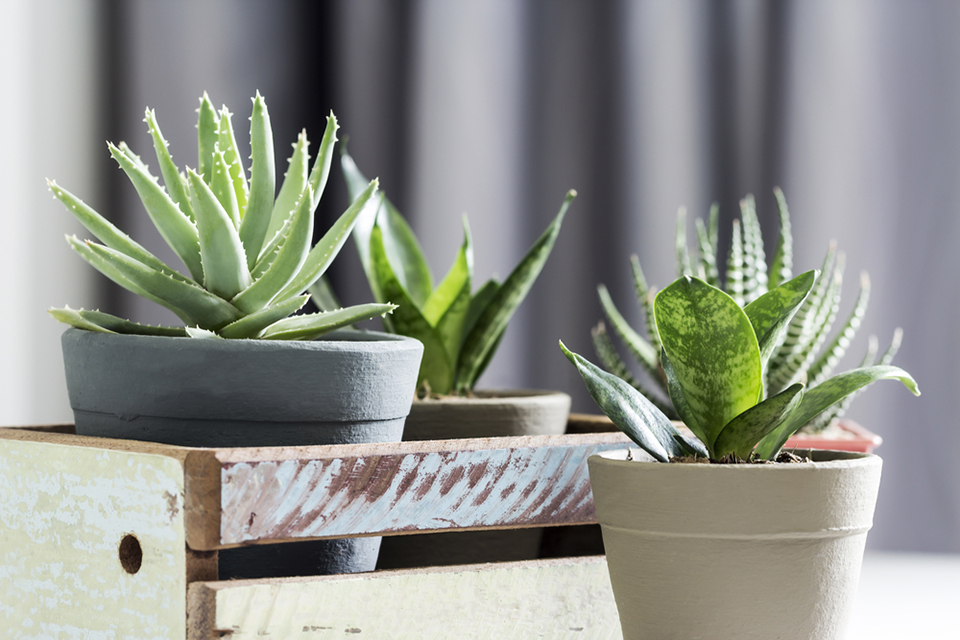
Learn how to perfectly balance your home’s humidity
Your home’s humidity level can make a big difference to your comfort level and your energy bills. Here's a 101 on how to manage it.
Managing humidity in your home starts with controlling the sources of moisture and dryness. From allergies to general comfort, the right humidity level is important for your overall well-being and your home.
Dry air? Look for leaks
In general, drier air suggests your home may have air leaks (or is over-ventilating, in other words), and overly humid air could mean it’s actually too airtight (or you don’t have sufficient ventilation). "From an energy standpoint, if I need to use my humidifier a lot, it tells me I have an opportunity to tighten up my house," says Stephen Dixon, a consultant who helps businesses and homeowners use energy more wisely.
home humidity levelsLearn more by reading What’s my home’s humidity level – and why does it matter?If you’re curious about how airtight your home is and where you may have opportunities to secure leaks, Dixon suggests a blower door test. For the test, a Certified Energy Advisor will use a large blower door fan at an exterior door to depressurize the air inside, so he or she can find where air is flowing into your home through cracks.
"Collectively, all those small holes and leaks can add up to a lot," Dixon says. "In one example I've seen, the blower door test showed that the home had the equivalent of a two-foot diameter hole in the wall."
A certified energy advisor can help locate specific leaks and provide additional suggestions for making your home more airtight so you can manage your humidity and temperature levels better and waste less energy.
Upgrade windows and doors
It's always a good idea to use weatherstripping and caulking around doors and windows to keep your home sealed properly. If you have older exterior doors that have large gaps at the bottom, try under-door draft stoppers, too.
Consider also upgrading your windows and doors entirely to reduce air leakage. Look for doors, windows and even skylights that are ENERGY STAR® certified to get the most comfort and savings. Windows that are certified, for instance, can help you save up to eight per cent on your energy bill. Plus, windows that qualify for the ENERGY STAR Most Efficient designation are up to 40 per cent more efficient than standard window models. It’s also important to make sure that they are installed properly by your contractor.
Humid air? Tackle moisture at the source
Exhaust fans are a simple and relatively inexpensive way to help control too much moisture in the air. Use one when taking showers and baths to stop bathroom moisture from affecting the rest of the home, Dixon suggests. Likewise, use your stovetop’s exhaust fan when cooking. Gas stoves, for example, are often a major source of moisture in many homes (because water vapour is a byproduct of gas combustion), which most people don’t realize.
When doing dishes, opening a window in the kitchen can help reduce humidity and condensation.
A heat recovery ventilator may be the right option to help remove excess moisture in your home. You can also use a portable electric dehumidifier. Search for one that’s ENERGY STAR certified, which is more efficient and can save up to 30 per cent more energy than models that aren’t certified. It’s also important to get the right size of dehumidifier for your space. The bigger the area (such as a basement in a large home), the higher moisture capacity you’ll need in the dehumidifier you buy.
The right size is also crucial for an effective heating and cooling system in your whole home. If it’s time to upgrade your furnace or air conditioning, remember to ensure it’s the proper size for your home, so you can avoid your heating and cooling system triggering humidity problems.
Go natural – use plants
Some indoor plants like peace lilies, Boston ferns and English ivy can also help add humidity to the air and reduce your need for a humidifier in the drier winter months. Desert-thriving succulents, such as aloe, may also help. Keep in mind that some tropical houseplants require a humid environment to thrive, though, so if an overly humid home is already a concern for you, consider sticking to artificial plants.
Even just a few simple and inexpensive upgrades can help keep your home at the right humidity level, letting you save money while staying comfy and healthy year-round.



